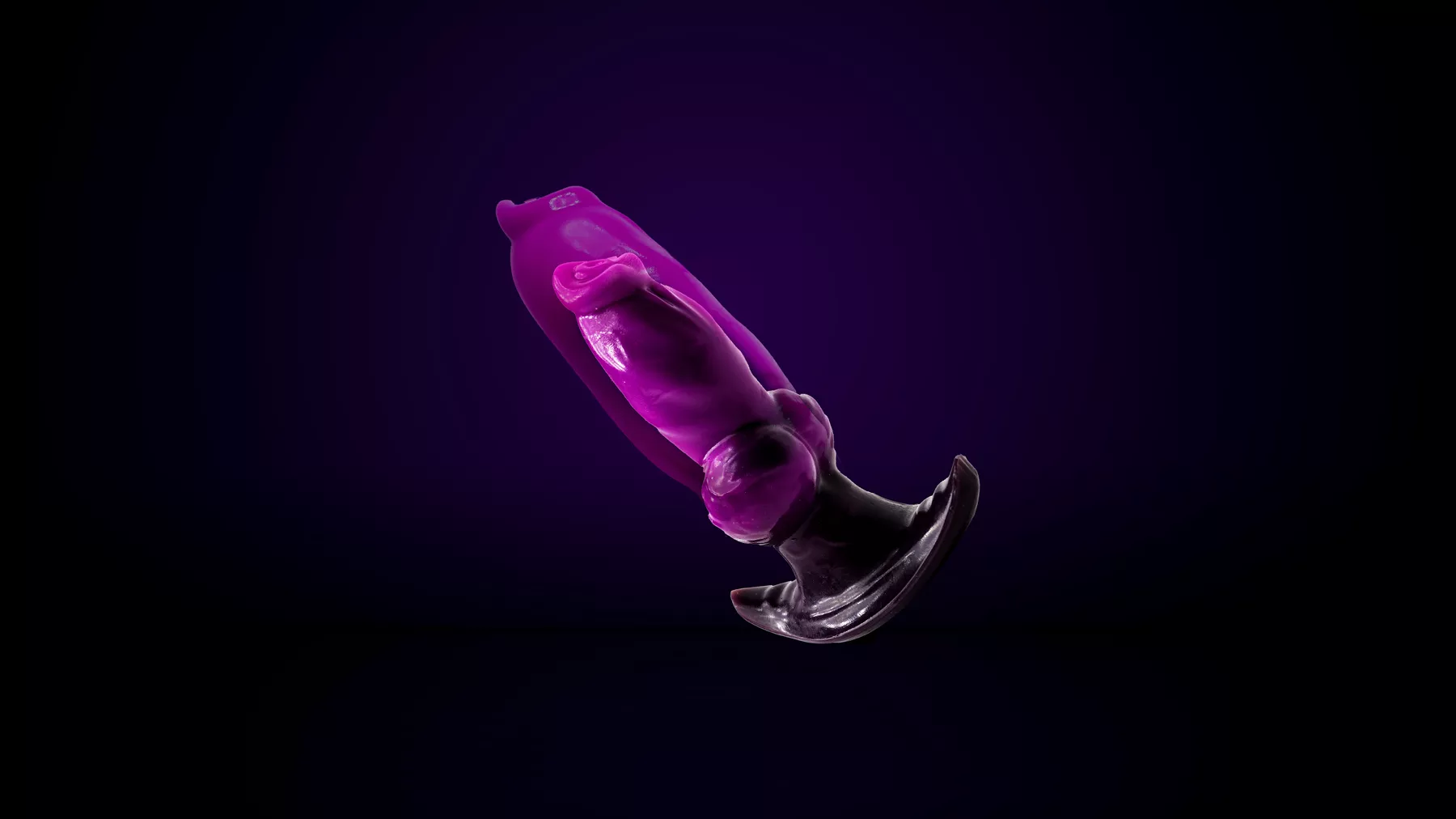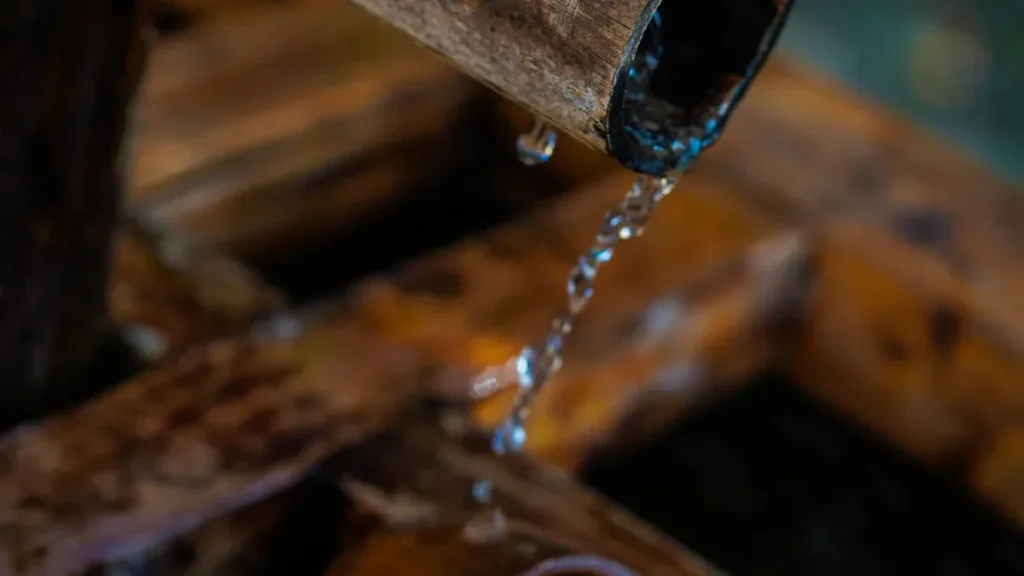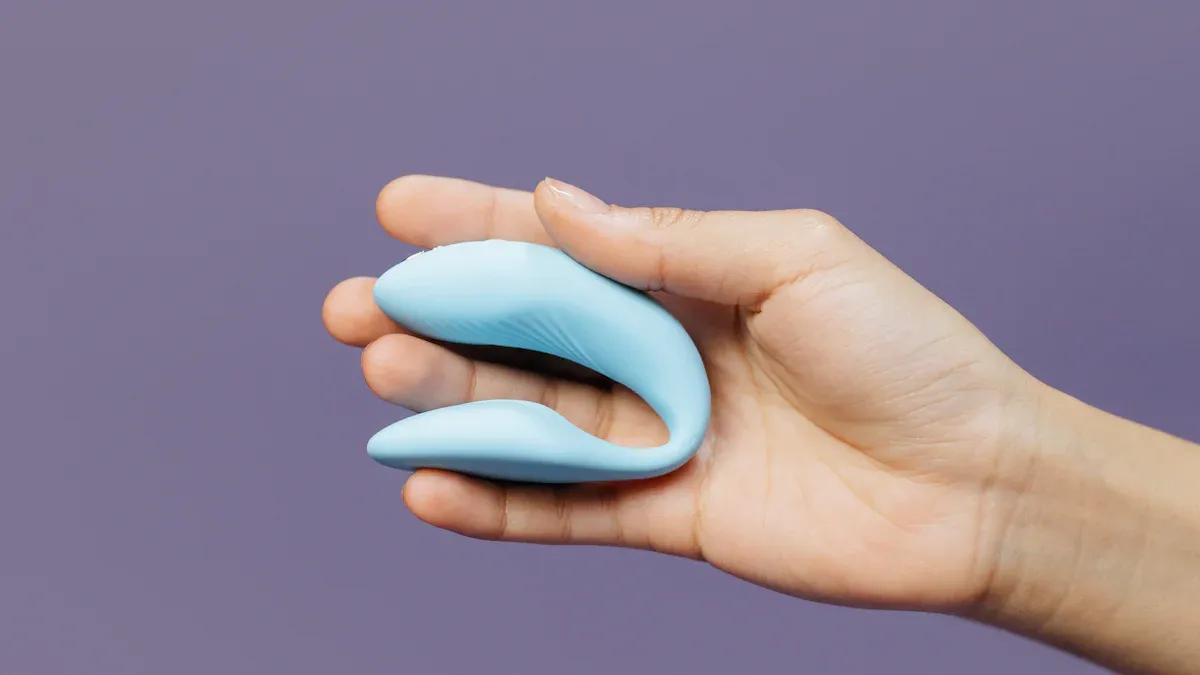How to Fix a Vibrating Shower Head and Quiet Noisy Pipes
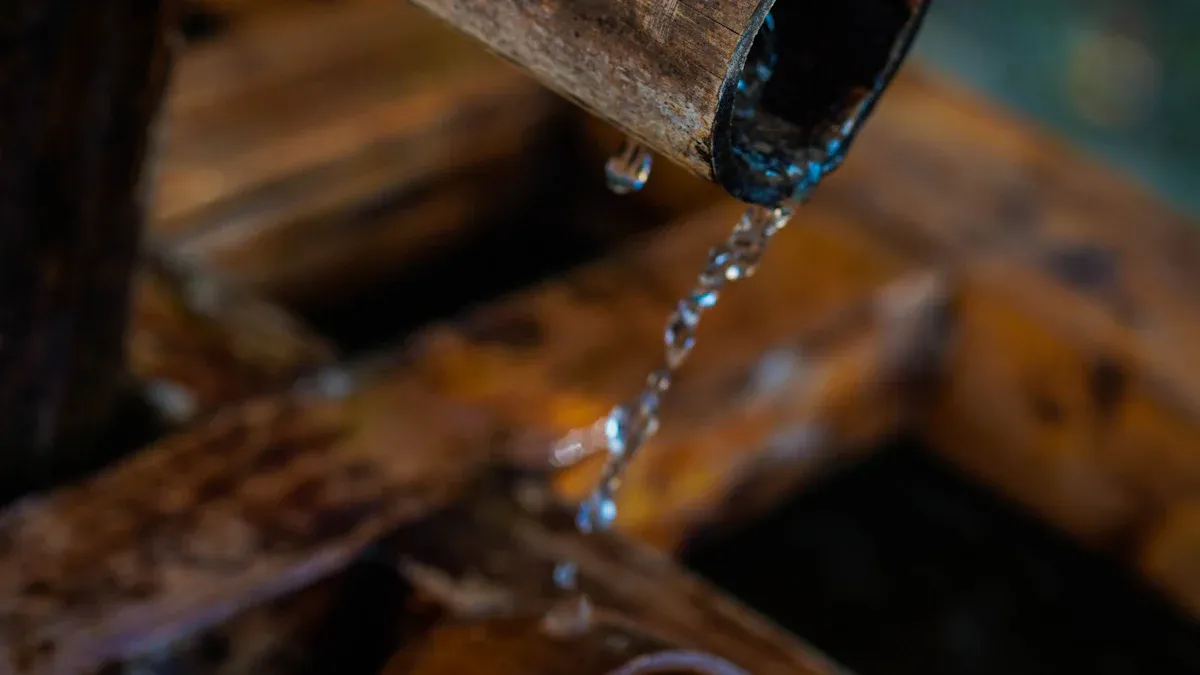
Have you ever turned on your shower and heard a loud bang? Maybe your vibrating shower head shakes in your hand. These sounds can happen if water pressure is high. Loose pipes or air in the water can also cause this. Here are some quick tips:
If you hear knocking, check for water hammer.
Whistling or rattling sounds mean something is loose.
Even a vibrating penis sleeve, rabbit vibrator tesco, or pink rabbit vibrater cannot make pipes shake like this!
You can fix most of these problems by yourself. You do not need to call a plumber.
Quick Fixes
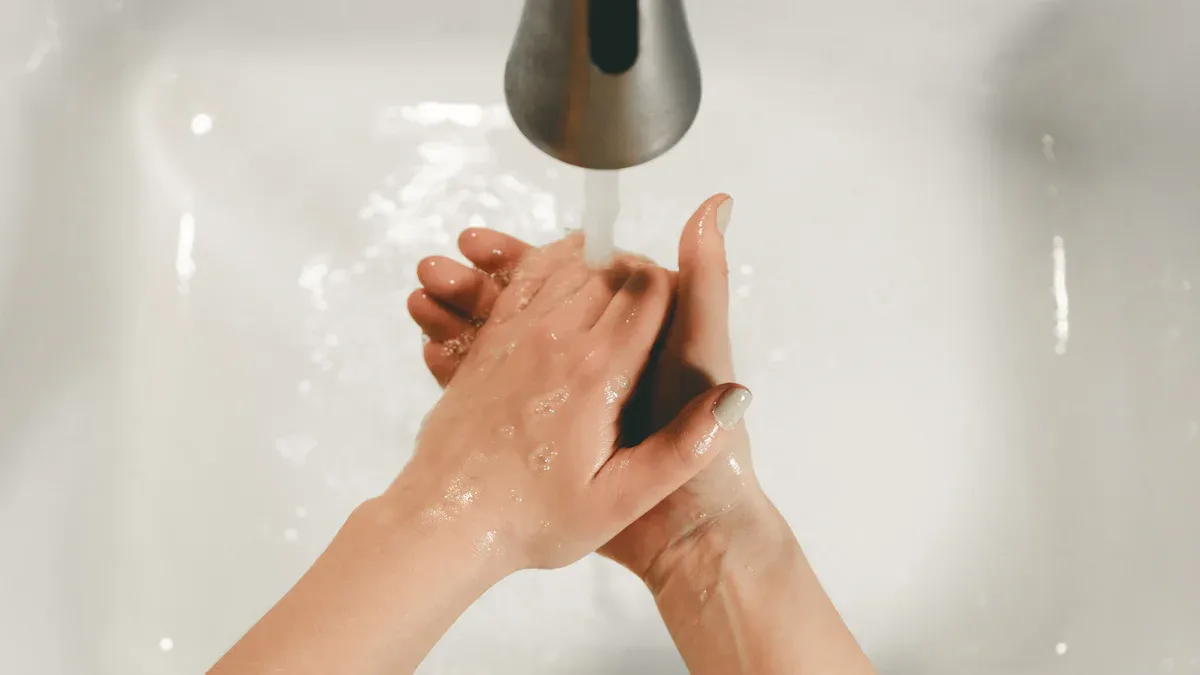
Vibrating Shower Head
You turn on the shower and suddenly feel a buzzing in your hand. That vibrating shower head can be annoying, but you can fix it fast. Start by checking for scale buildup. Take off the shower head and soak it in vinegar for about an hour. Use a toothbrush or toothpick to clean out the holes. This helps water flow smoothly and stops the shaking.
Loose washers inside the shower valve can also cause trouble. If you hear a squealing or whining sound, you might need to replace those worn washers. You can find replacement washers at any hardware store. Just make sure you turn off the water before you start.
Tip: Open the shower valve slowly. This can stop sudden pressure spikes that make the shower head vibrate.
If you still notice a vibrating shower head, high water pressure could be the reason. You can install a pressure-reducing valve to lower the pressure. This simple fix can stop both the shaking and any banging noise you hear.
Noisy Shower Pipes
Noisy shower pipes can make your bathroom sound like a drum. You might hear a banging noise or rattling when you turn the water on or off. Loose pipes inside the wall often cause this. Secure them with pipe clips or clamps to keep them steady.
Sometimes, air bubbles get trapped in the pipes. To fix this, turn off the main water supply. Open all the faucets in your home, starting from the highest one and moving down. Then, close them in reverse order and turn the water back on. This helps push out any air and quiets the pipes.
Note: If you keep hearing loud noises, you may need to install a pressure regulator. This keeps water pressure at a safe level and protects your pipes.
Troubleshooting and Repair
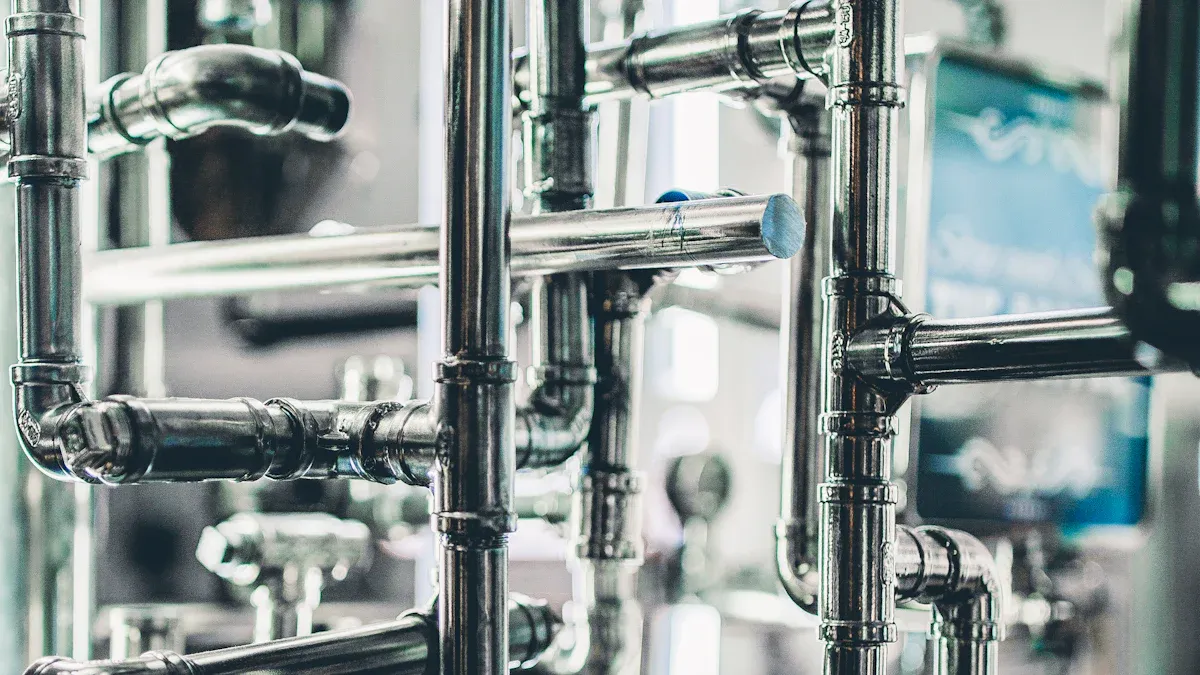
Diagnose Vibrating Shower Head
You can solve most vibrating shower head problems at home. Start by looking for common causes:
Mineral buildup inside the shower head or hose can block water flow. This often leads to whistling, shaking, or even a banging noise.
Damaged or kinked hoses may cause uneven water flow and vibration.
Loose washers or worn-out valves can make the shower head rattle.
High water pressure sometimes creates a strong vibration or high-pitched sound.
Air bubbles trapped in the pipes can also make the shower head shake.
To diagnose the issue, follow these steps:
Remove the shower head. Check for white or green deposits. If you see buildup, soak the shower head in vinegar for at least an hour. Scrub it with a toothbrush to clear out any debris.
Inspect the hose. Straighten any kinks. If the hose looks damaged, replace it.
Check the shower arm. Look for corrosion or dirt. Clean it if needed.
Test the water pressure. Use a water pressure gauge. Indoor pressure should be between 40 and 60 PSI. If it’s higher, you may need a pressure-reducing valve.
Listen for noise when you turn the water on and off. If you hear a banging noise, you might have water hammer or loose pipes.
Tip: If cleaning and tightening parts do not stop the vibrating shower head, check the shower valve or cartridge next.
Fix Noisy Shower Pipes
Noisy pipes can make your bathroom sound like a construction site. You might hear rattling, knocking, or even a loud banging noise. Here’s how you can fix these problems:
Loose pipes: Pipes that move or vibrate need support. Use pipe clips or straps to fasten them securely. Sometimes, you need to open an access panel to reach the pipes.
Water hammer: This happens when water stops suddenly, causing a shock wave. It often leads to a banging noise. You can install a water hammer arrester to absorb the shock and quiet the pipes.
High water pressure: If your pipes shake or rattle, check your water pressure. If it’s too high, install a pressure-reducing valve.
Air in the pipes: Trapped air can cause sputtering and noise. To bleed the air:
Turn off the main water supply.
Open all faucets in your home, including showers, sinks, and outdoor taps.
Turn the water supply back on.
Let water run until it flows smoothly, then close the faucets in reverse order.
Note: If you still hear noise after these steps, the problem could be inside the walls. You may need to call a plumber for help.
Shower Valve and Cartridge
Sometimes, the real trouble comes from inside the shower valve or cartridge. These parts control water flow and temperature. Over time, they can wear out or get clogged with mineral deposits. When this happens, you might hear a banging noise, whistling, or feel vibration.
Signs you need to check or replace the valve or cartridge:
The noise starts after the water runs for a few minutes.
You hear water hammer or banging noises, especially when adjusting temperature.
The handle feels hard to turn or gets stuck.
Water leaks from the handle or you notice pressure buildup.
To fix this, follow these steps:
Turn off the water supply to your shower.
Remove the handle and trim from the shower valve.
Take out the cartridge. Look for signs of wear, debris, or mineral buildup.
Clean the cartridge by soaking it in vinegar. If it’s damaged, replace it with a new one. Make sure you use the correct type for your shower.
Flush the valve body to remove any leftover debris.
Reinstall the cartridge and handle. Turn the water supply back on and test for noise.
Tip: Shower valves and cartridges usually last 2 to 5 years. If you have hard water, you may need to clean or replace them more often.
If you notice noise only when switching between the tub and shower, check the diverter valve. Clean or replace it if needed. Regular cleaning and maintenance can help prevent most problems before they start.
When to Call a Pro
Persistent Vibrations
Sometimes, you try every trick in the book, but your shower head still shakes or makes noise. When this happens, it’s time to call a professional plumber. You might notice the vibration never goes away, even after cleaning or replacing washers. This can mean there’s a bigger problem hiding in your plumbing.
Here are some signs you need expert help:
The shower head keeps whistling or vibrating after you clean it.
You see cracks or holes in the shower head, or water leaks from places it shouldn’t.
The shower valve feels worn out, or you hear strange noises when you turn the handle.
Pipes or hoses look rusty or damaged, and simple fixes don’t work.
You’ve tried all the DIY steps, but the noise just won’t stop.
Tip: If you notice temperature changes or water pressure problems that you can’t fix, a plumber can check for deeper issues like a faulty mixing valve or damaged pipes.
A plumber has special tools and training. They can spot hidden problems and fix them safely. You save time and avoid making things worse.
Major Pipe Issues
Noisy pipes can be more than just annoying. If you ignore them, you could end up with leaks, burst pipes, or even water damage in your home. Some pipe problems are too risky for DIY repairs.
Call a pro if you notice:
Serious leaks or broken pipes that keep dripping or spraying water.
Water hammer—loud banging sounds that shake the pipes.
Water temperature that jumps up and down, even after you check the shower valve.
Persistent clogs that don’t clear up after cleaning.
High water pressure that causes pipes to rattle or bang.
Note: Ignoring these problems can lead to expensive repairs. Major pipe repairs often cost between $500 and $800. Even smaller jobs can run from $200 to $600, depending on how hard the pipes are to reach.
A plumber can fix leaks, replace broken pipes, and make sure your plumbing is safe. You protect your home and avoid bigger headaches down the road.
Prevention Tips
Regular Maintenance
You can stop most noisy pipe and vibrating shower head problems before they start. Doing regular maintenance keeps your plumbing quiet and working well. Here is a simple checklist you can use:
Fasten any loose pipes with brackets or straps. Look closely under sinks and in the basement.
Put in a pressure-reducing valve if water pressure is over 60 psi.
Change old washers, cartridges, or rusty valves. These parts often make whistling or squealing sounds.
Flush your water heater once every year. This clears out sediment that can cause popping or rumbling noises.
Cover exposed pipes with insulation. This helps stop noise from pipes getting bigger or smaller.
Have a plumber check your plumbing every year. They can find small problems before they get worse and noisy.
🛠️ Tip: If you hear new sounds, fix them soon. Taking care of small problems early saves money and worry later.
Monitor Water Pressure
Watching your water pressure is a great way to stop noise and vibration. High pressure can make pipes shake and shower heads vibrate. Your home’s water pressure should stay between 40 and 60 psi.
Use a water pressure gauge. Attach it to an outside faucet or hose bib to check.
Turn off all other water lines before testing. This gives you the best reading.
If the pressure is too high, add a pressure-reducing valve. Some valves have gauges built in for easy checking.
Reset air chambers by turning off the main water, opening all faucets to drain pipes, then refilling. This brings back the cushion that stops banging sounds.
Put in water hammer arrestors near appliances that shut off water fast. These tools soak up shock and keep things quiet.
💡 Note: Checking your water pressure often helps you find problems early. It also keeps your pipes and fixtures safe from harm.
You can stop most vibrating shower heads and noisy pipes with easy steps. Clean, tighten, or lower the water pressure to help. Sometimes, you need a plumber for bigger problems. Want a quiet shower? Try these ideas:
Clean your shower head often so minerals do not build up.
Use a pressure-reducing valve to keep water pressure safe.
Choose strong shower heads and good parts.
Change old washers and cartridges before they break.
Listen for new sounds and fix them fast.
Do not ignore plumbing noises—fix them and enjoy a calm shower! 🚿


